When the doors opened at Makuhari Messe for the 2024 Tokyo Auto Salon, the crowd knew they weren’t just entering another expo—they were stepping into a rolling manifesto of what Japanese tuning culture means in 2025. Amid the roar of turbocharged inline-fours and the low hum of silent EV conversions, a truth emerged: hypercustom JDM culture isn’t just alive—it’s transforming with an intensity, creativity, and global pull that hasn’t been seen since the golden age of the late ’90s. The 2024 event didn’t simply showcase trends; it set the tone for an era where personalization dominates performance, nostalgia intersects with futurism, and Japan once again becomes the spiritual home of car individuality.
Electric Silence Meets Manual Fury
One of the most striking contrasts at this year’s show wasn’t between rival brands or old versus new—it was between the drivetrain philosophies that coexisted in harmony. On one side of the hall, tuners unveiled pristine 2JZ-swapped GR86s, 700-horsepower R33 Skylines, and hand-built rotary RX-7s with modern ECU brains. These cars paid tribute to the visceral, analog roots of JDM passion. Their presence was loud, aggressive, and unapologetically rooted in petrol-powered history.
But right across the aisle, another future was humming quietly to life. EV conversions weren’t just novelty— they were credible builds. A Honda S660 converted to full electric with custom Tesla motors, a Mazda MX-30 with rotary range extender mated to drift-spec coilovers, even a fully electric AE86 tribute build using Nissan Leaf internals—all proved that JDM culture isn’t resisting electrification, it’s absorbing and reshaping it.
The coexistence of electric torque and manual gearbox precision created a kind of philosophical duality. Hypercustom culture no longer demands allegiance to one power source. Instead, it asks: how well do you build, how personal is your vision, and how clean is your execution?
The Return of Maximalism: Paint, Aero, and LED Madness
The 2024 Tokyo Auto Salon also marked the return of visual maximalism. In contrast to recent years’ clean, widebody minimalism, this year’s star builds screamed color and character. Liberty Walk unveiled an S15 with full anime livery and translucent hood cutouts showing off a glowing red engine bay. Varis returned with a sculpted new aero kit for the GR Corolla, all carbon-kevlar angles and functional ducts. Do Luck presented a hybrid-themed RX-7 with reactive lighting strips that shifted hues based on throttle input.
Everywhere you turned, cars wore identity like armor. Wrap designers and digital renderers had nearly as many fans as engine builders. For many of the younger attendees, the car wasn’t just a machine—it was an avatar. A personalized mobile extension of their digital selves, ready to be photographed, tagged, and shared in hyper-saturated reels.
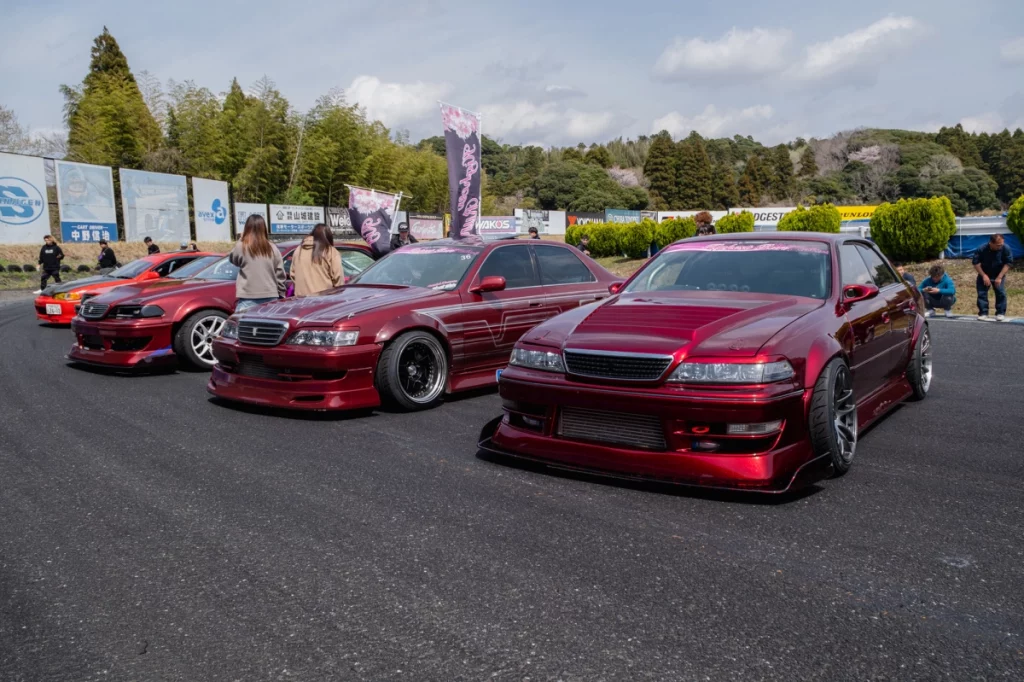
JDM Influence Beyond Japan: International Builders Go All-In
Perhaps more than any year before, the 2024 Salon confirmed the global gravitational pull of Japanese tuning. Builders from Thailand, Indonesia, the UAE, Germany, and the U.S. arrived not just as visitors, but as contributors. Foreign exhibitors brought their own flavor of hypercustom: an American-built Rocket Bunny Supra wearing Voltex parts and forged Detroit steel wheels. An Indonesian team arrived with a widebody EV-converted Suzuki Jimny that doubled as an off-grid mobile DJ booth.
Language barriers fell away in the face of craftsmanship. The show’s global layout highlighted how Japanese brands now export not just parts but design DNA. International modders are no longer just importing JDM parts—they’re internalizing Japanese tuning philosophy: form married to function, restraint balanced with flair, and obsessive attention to mechanical and visual detail.
Digital Modding Meets Physical Builds
A subtle but critical evolution emerged in the integration between digital car modding and real-world customization. Gamers who once built dream cars in Gran Turismo or Assetto Corsa are now commissioning those same builds IRL—some even starting with 3D printed scale models before scaling up to full fabrication. Tokyo Auto Salon 2024 showcased VR mod stations, where users could design, preview, and simulate car modifications in real time before ordering physical kits.
This “mod-to-metal” pipeline has changed how new generations approach tuning. It’s no longer only about time under the hood—it’s about fluency across platforms. The best builders now move between rendering software and torque wrenches with equal ease.
Retro Future: Reimagining Icons Instead of Replacing Them
Another defining aspect of the 2024 show was the rise of retro-futurism. Builders weren’t just restoring 90s icons—they were upgrading them with surgical modernity. The Nissan Silvia S13 got a renewed spotlight with multiple builds featuring active suspension, HUD displays, and even full-carbon dashboards. One standout was a Toyota MR2 outfitted with autonomous drift assist—keeping the analog feel while quietly correcting understeer through AI-calibrated actuators.
Rather than ditch old-school forms, the community is choosing to reinterpret them. The show floor was filled with vehicles that looked vintage but behaved like 2025 machines—blurring lines between nostalgia and next-gen.
Themed Builds Go Hyper-Personal
Hypercustomization reached new extremes with fully themed builds. Think “cyberpunk skyline,” “neo-traditional samurai Prius,” or “mobile tearoom on wheels.” It wasn’t just aesthetic—it was narrative. Every mod had intention. One Daihatsu Hijet featured tatami flooring and origami motif wrap, complete with a folding matcha bar. Another Suzuki Cappuccino was themed entirely around Studio Ghibli, complete with handmade soot sprites and forest creature accents.
These weren’t novelty builds—they were lifestyle statements. The car became a vehicle of storytelling, a medium through which the builder’s inner world took physical shape.
The Audience: Younger, More Diverse, and Even More Passionate
The 2024 crowd reflected a seismic shift in who loves cars. While veteran tuners still attended in droves, the new demographic was unmistakable: younger, more female, more international, and far more digitally fluent. Groups of university students with DSLR rigs took notes for their own projects. Female-led tuning crews repped their badges with pride. TikTok creators went live from drifting exhibitions. Car culture, once defined by garages and racetracks, now lives in reels and build threads too.
This fresh audience doesn’t see EVs as threatening or automatic transmissions as soulless. They see possibility in every corner of the car—sound, texture, light, connectivity. The bar for creativity has been lifted, and the barrier to entry lowered. That’s a formula for cultural longevity.
Conclusion: The Road Ahead Is Yours to Build
The 2024 Tokyo Auto Salon didn’t just show off cars—it showed off mindsets. Builders no longer fight between tradition and technology. Instead, they remix the two. Whether it’s a silent Honda Beat EV conversion or a 900-hp Supra with touchscreen-only tuning, every build echoes one truth: the future of car culture belongs to the builders.
Hypercustom JDM culture in 2025 is about more than stance, power, or paint—it’s about vision. It’s about telling your story through metal and code, memory and movement. And nowhere captured that better than Tokyo. The salon may end each year—but the movement it fuels is accelerating. Wide open throttle. Full send. Zero compromise.

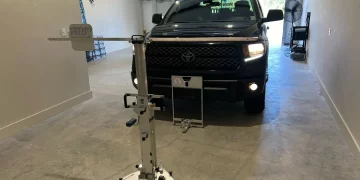

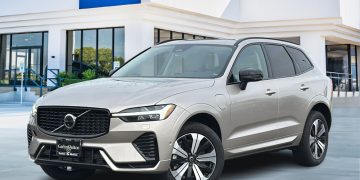


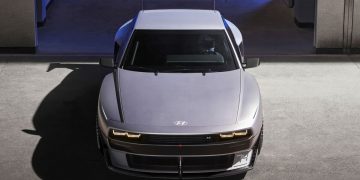
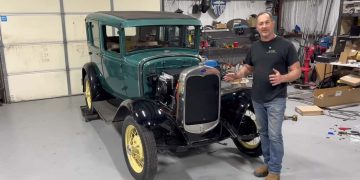

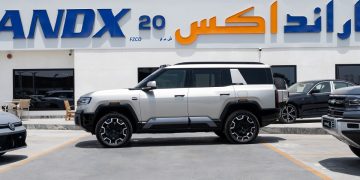



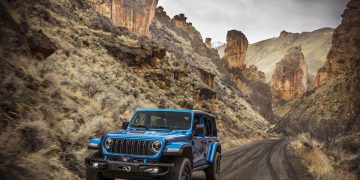







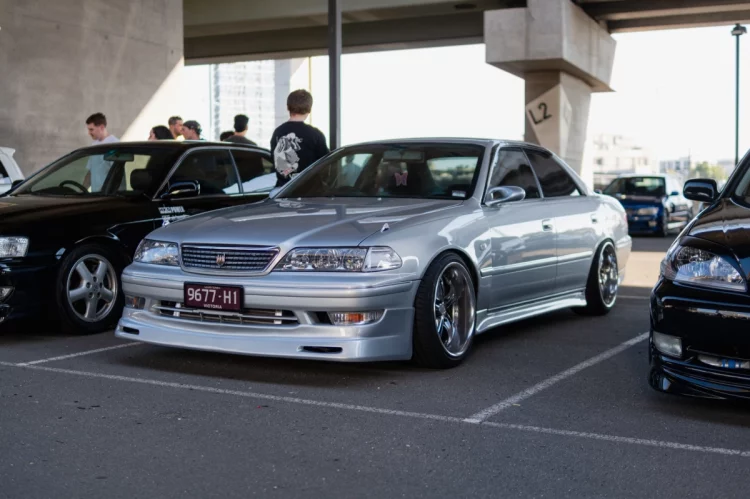












Discussion about this post